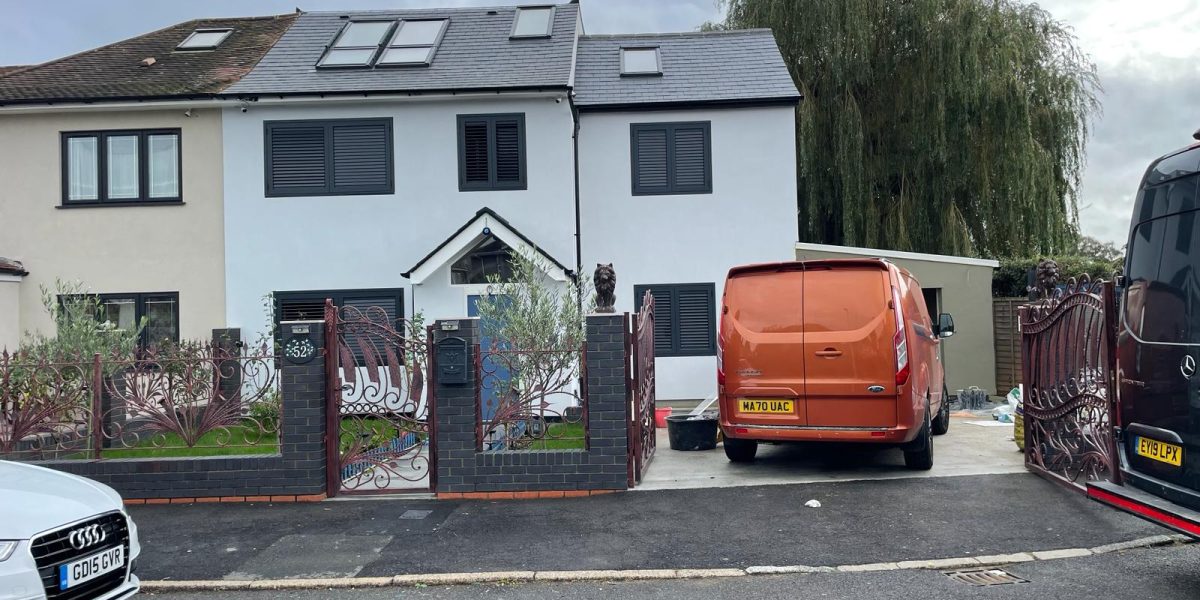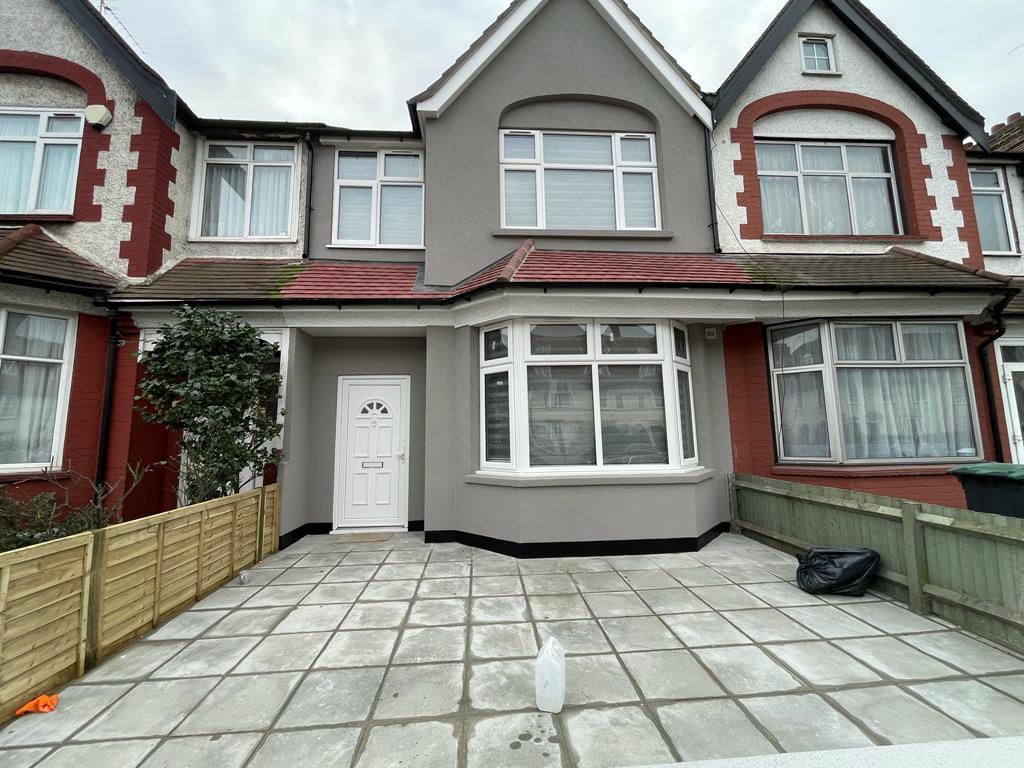In the realm of home improvement, the concept of house rendering stands as a transformative solution, not only enhancing the aesthetic appeal of a property but also fortifying its structure against the elements. With a myriad of rendering options available, each offering unique advantages, homeowners are presented with a versatile array of choices to suit their specific needs. In this comprehensive guide, we delve into the manifold benefits of house rendering and explore the various types of rendering applicable for external wall insulation.
Understanding House Rendering: A Brief Overview
House rendering, in essence, involves the application of a specialized coating or layer onto the exterior walls of a building. This process serves multiple purposes, ranging from enhancing visual appeal to providing additional protection against weathering and deterioration. Rendering materials can vary widely, encompassing traditional options like cement render to more modern alternatives such as acrylic render or polymer render.
The Advantages of House Rendering
1. Enhanced Visual Appeal
One of the primary benefits of house rendering is its ability to significantly enhance the overall aesthetic of a property. By covering up imperfections and creating a smooth, uniform surface, rendering can give a fresh, modern look to any home.
2. Increased Durability and Weather Resistance
Rendering acts as a protective barrier against external elements such as rain, wind, and UV radiation. This added layer of defense helps to prevent moisture penetration and reduces the risk of structural damage over time, thereby extending the lifespan of the building.
3. Improved Insulation
Certain types of rendering, particularly those incorporating insulation materials, can contribute to better thermal performance. By reducing heat transfer through the walls, rendered properties can enjoy increased energy efficiency and lower heating and cooling costs.
4. Minimal Maintenance Requirements
Once applied, rendered surfaces typically require minimal upkeep compared to exposed brick or other untreated materials. Routine cleaning and occasional touch-ups are usually sufficient to keep the exterior looking fresh and well-maintained.
Types of Rendering for External Wall Insulation
1. Cement Render
Cement render, composed of cement, sand, and water, is a traditional rendering option known for its durability and strength. It provides excellent weather resistance and can be applied to various substrates, including brick, concrete, and masonry.
2. Acrylic Render
Acrylic render, formulated with a blend of acrylic polymers, offers enhanced flexibility and adhesion properties compared to traditional cement render. It is available in a wide range of colors and textures, allowing for greater design versatility.
3. Polymer Render
Polymer render, incorporating synthetic polymers such as silicone or polymer-modified cement, combines the benefits of both cement and acrylic renders. It delivers exceptional durability, crack resistance, and water repellency, making it an ideal choice for demanding environments.
4. Insulated Render Systems
Insulated render systems, also known as external wall insulation (EWI) systems, integrate insulation materials with the rendering layer. These systems provide superior thermal performance and can significantly reduce heat loss through the building envelope, leading to energy savings and improved comfort indoors.
Choosing the Right Rendering Solution
When selecting a rendering solution for your home, several factors should be taken into consideration, including:
- Climate and Environmental Conditions: Choose a rendering system that can withstand the prevalent weather conditions in your area, whether it be extreme heat, cold, or moisture.
- Architectural Style and Design Preferences: Consider the architectural style of your home and your desired aesthetic outcomes. Different rendering materials offer varying textures, finishes, and colors to complement different architectural styles.
- Budget and Long-Term Investment: Evaluate the initial cost of installation as well as the expected lifespan and maintenance requirements of each rendering option. While some materials may have a higher upfront cost, they could prove more cost-effective in the long run due to their durability and performance.
In conclusion, house rendering offers a multitude of benefits, from enhancing curb appeal to improving structural integrity and energy efficiency. By understanding the various types of rendering available and their respective advantages, homeowners can make informed decisions to protect and beautify their properties for years to come.
For professional advice and assistance with house rendering projects, consult with reputable contractors or rendering specialists in your area. With the right expertise and materials, you can transform your home into a durable, visually stunning sanctuary that stands the test of time.



